An important part of the economic and social development of any country is the construction sector. There are major challenges in all phases of projects, in both civil engineering and in building, to minimise the impact on people and the environment.
In the developed world, environmental issues such as the efficient use of resources and their sustainability, the protection of biodiversity, climate change and the risk of accidents have become very important in all areas, including construction.
In Europe, the Environmental Impact Assessment Directive 2014/52/EU establishes the legal framework to ensure a high level of protection for human health and the environment by establishing minimum levels for the environmental impact assessment of projects.
A project is understood as a construction or other installations and works, including those devoted to the exploitation of mineral resources. Both public and private projects are subject to a process of Environmental Impact Assessment (EIA) and an obligation to establish an Environmental Management Plan (EMP), which is a tool accompanying the project at all stages of design, implementation and monitoring.
An important part of the Environmental Impact Assessment of a construction project, especially in civil engineering, is water management.
Water is a key component of a construction project and is used as part of the fluid for excavation and foundations, as a means of cooling machines (e.g. tunnel boring machines, drilling rigs and cutting machines) and as a means of cleaning. In many cases, it also appears as a result of rain and effluent seepage. In any case, it must be properly managed to optimise its consumption and to ensure it does not harm the environment. There are national and local regulations in most countries establishing the properties of water being fed into a public effluent, which place limits on suspended solids (SS), acidity (pH), biological oxygen demand (BOD) and chemical oxygen demand (COD).
If these values show the water cannot be discharged into a public effluent, it is often stored in pools for natural evaporation of the water, with consequent problems of space and the risk of overflow. Other cases use traditional systems of physical and chemical treatment, which typically consist of a pH adjustment step by CO2, a coagulation-flocculation step using PACs and lamellar decantation. This type of treatment requires relatively complex equipment, lots of space for installation and the chemical additives necessary for the operation, which are difficult to store and handle. In addition, the sludge obtained must be treated and managed as waste.
To solve this problem, NIHON KASETSU has developed a simple and effective clarification system to treat construction wastewater.
It is based on using a single chemical additive powder, which acts as a coagulation-flocculation agent, which is largely insensitive to the water pH, so no adjustment is required in most cases. It is an inorganic chemical compound made from 100% natural substances, which are safe and non-polluting and are based on mollusc shells, seaweed and minerals. It is safe, easy to handle and contains no substances harmful to humans or the environment, so the final sludge can be deposited in landfill sites.
The whole clarification process is extremely efficient and is performed in a very compact machine (3.5 x 2 m only), with a large treatment capacity (up to 90 m3/h), and is very easy to transport, install and operate.
Please contact us for more information.


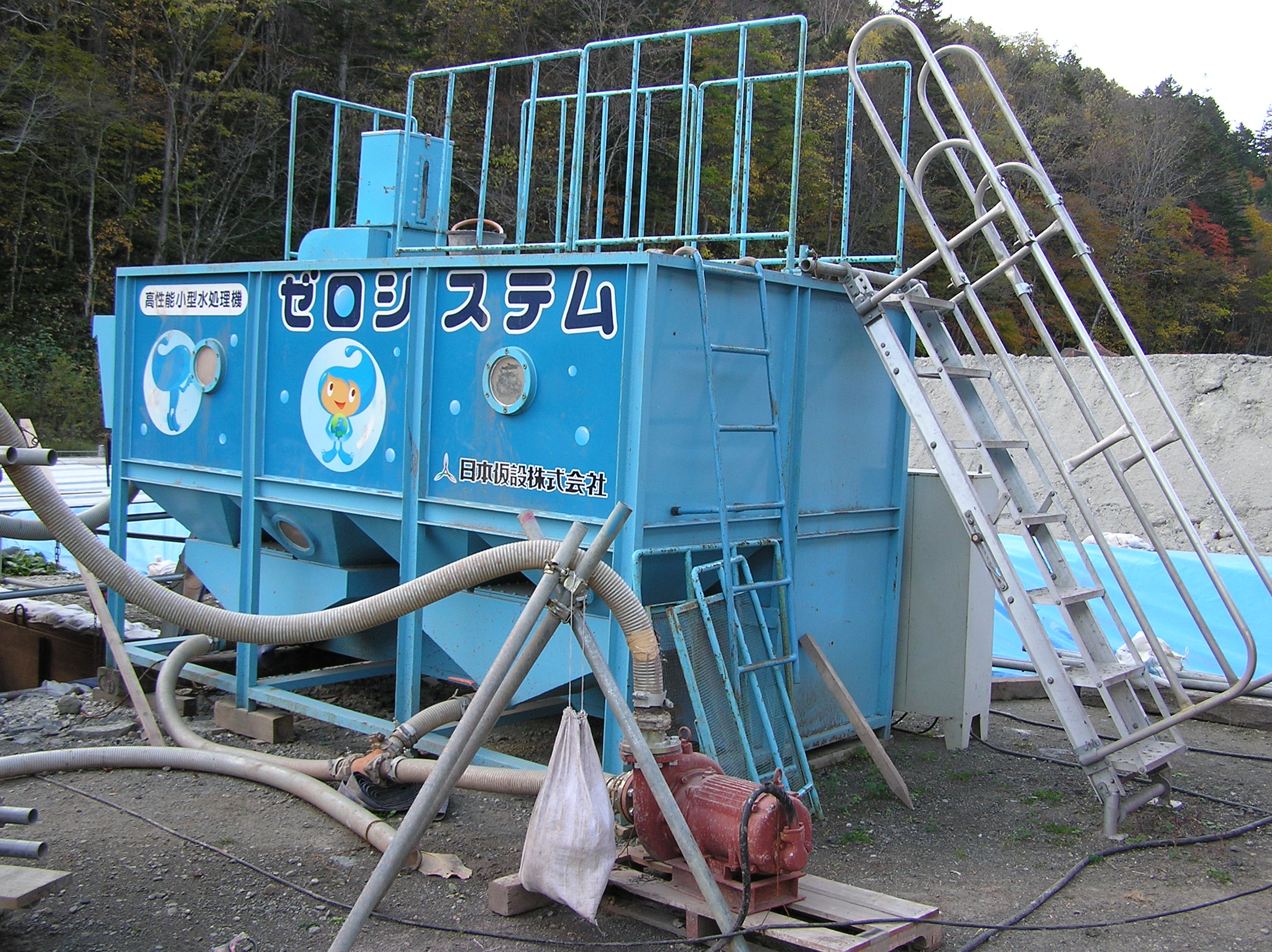
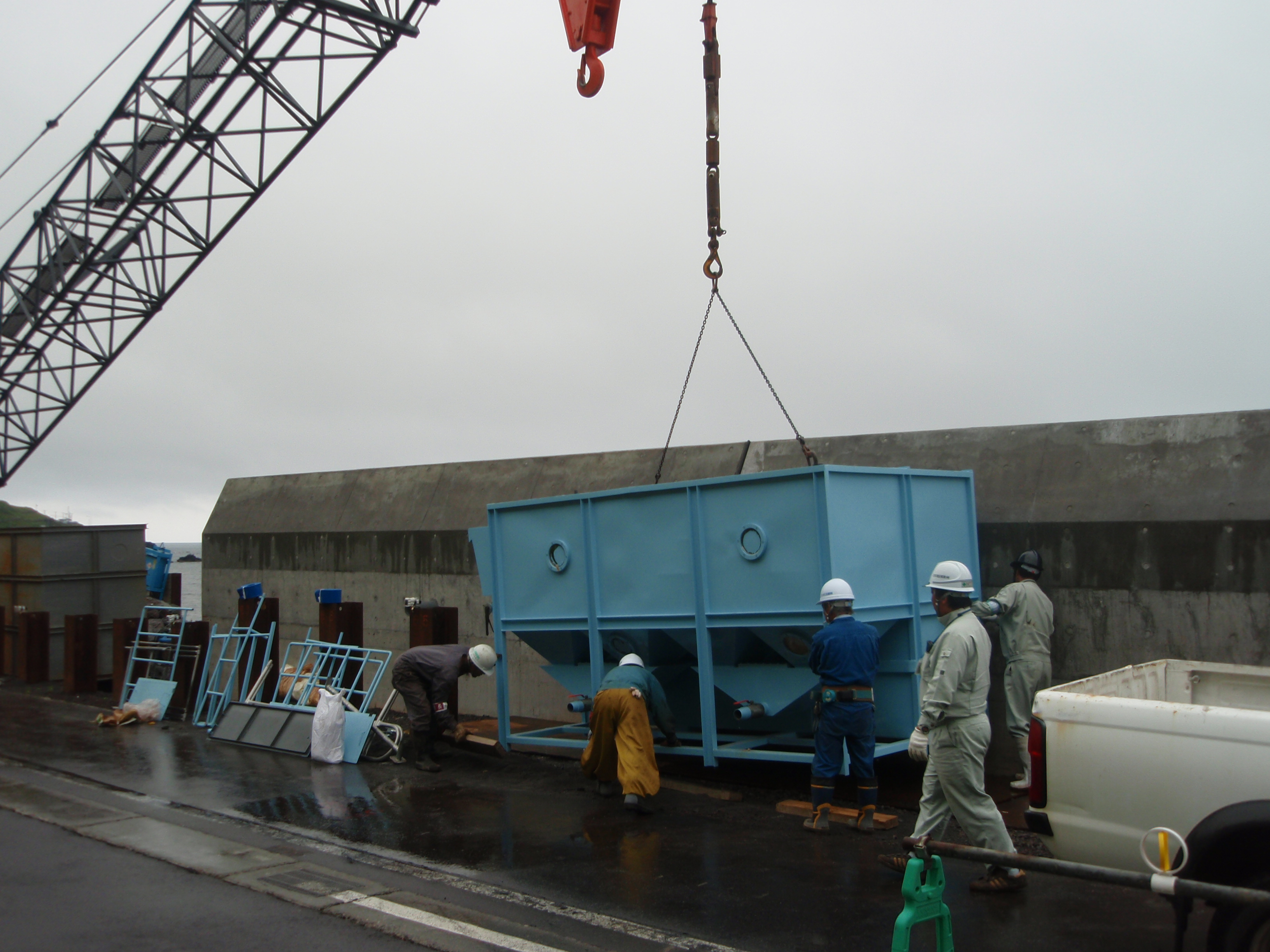

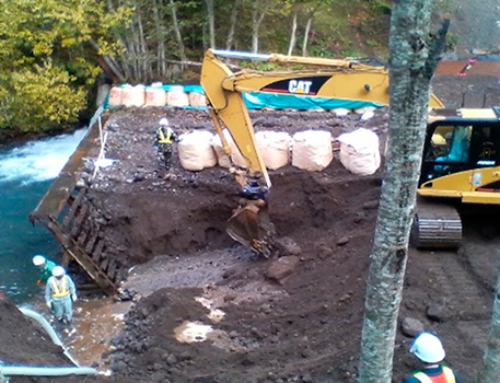
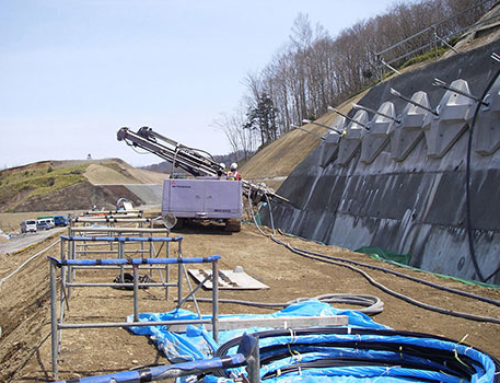
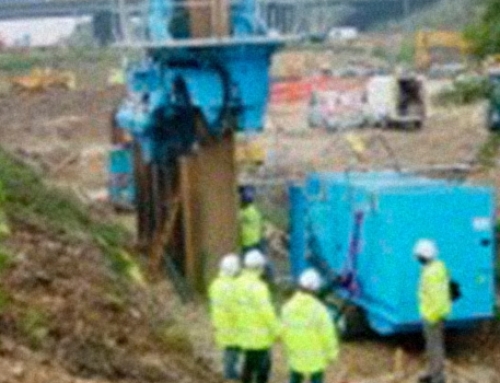
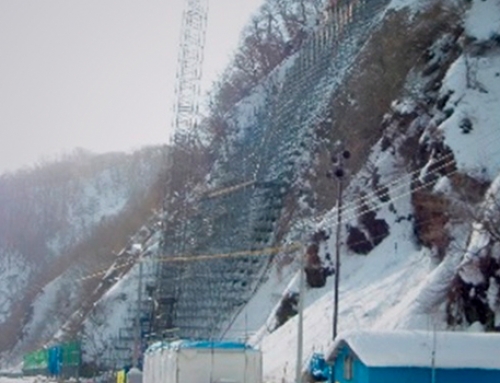
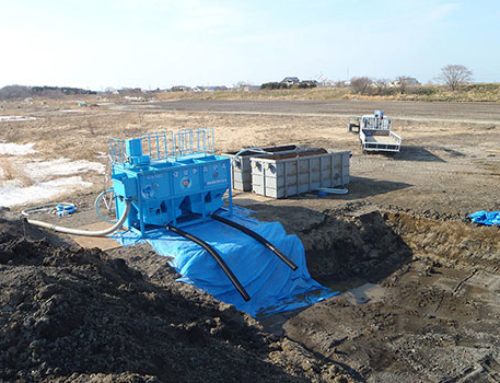
Good. We don’t need more of the pollutant causing machineries. This is great. Whatever isn’t harmful for the body and whatever is safe for the environment is great. Glad someone has thought of inventing something that couldn’t harm mother earth some more
Thanks for your comment, its very much appreciated.
We’re working hard to offer efficient while environmentally friendly solutions to the construction sector.
It is so positive to see many of the new innovative ideas focused on protecting us, our animals and the environment from hazardous substances. Thank you for sharing this.
This is an excellent, efficient and effective solution to handle and treat construction wastewater. It’s very important technology as it does not harm environment nor human health. However, I would recommend you include or share on your website, sizes you have on this system. Can it be deployed in big sectors producing large volumes of wastewater like in CEMENT, mining, steel making, etc sectors?
Hi Godfrey, and thanks for your comments and question. Of course our Water treatment units NWC can be deployed several units together to reach higher treatment volumes. The sizes and capacities can be found here: https://nihonkasetsu.com/equipment/nwc-60/ and the datasheet downloaded here: https://nihonkasetsu.com/wp-content/uploads/2018/02/NWC-Datasheet-EN-A4-LR.pdf
Please don’t hesitate to contact us if you need more information.
the treatment of wastewater treatmnet is very important for environment. tanks a lot for sharing.
It caught my attention when you said that there is a risk of overflow and consequent problems with space if wastewater is not going to be discharged into a public effluent. This makes me realize the importance of wastewater design in construction sites in order to keep the operations smooth. I could imagine how wastewater treatments could effectively rid of potential diseases by eliminating disease-causing bacteria.